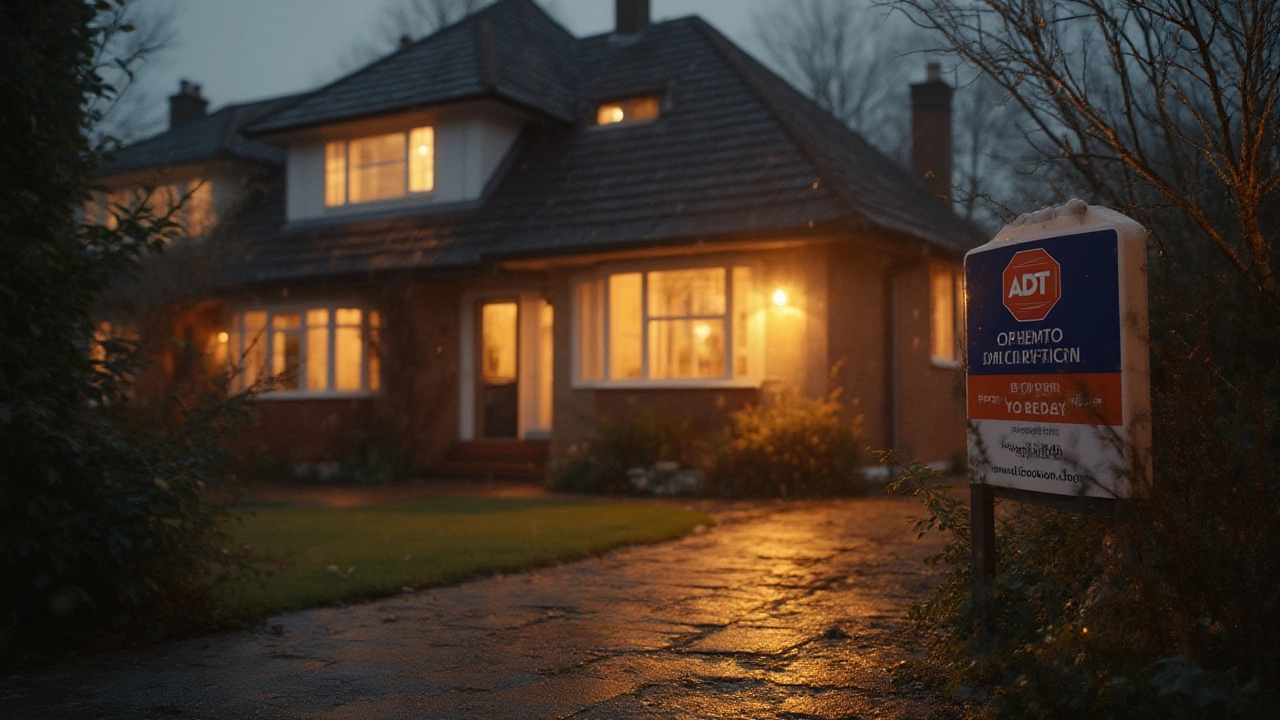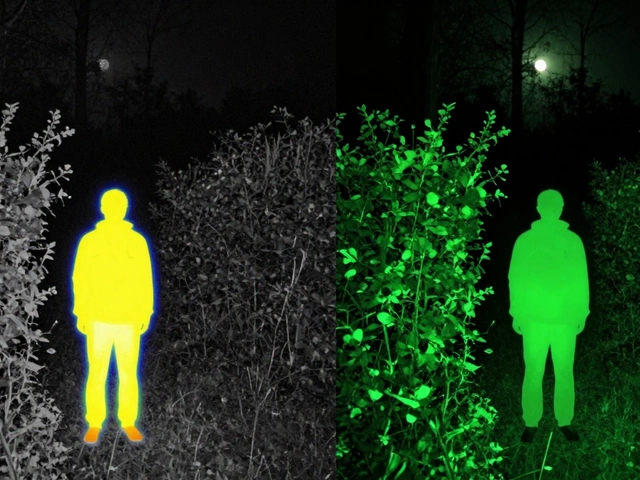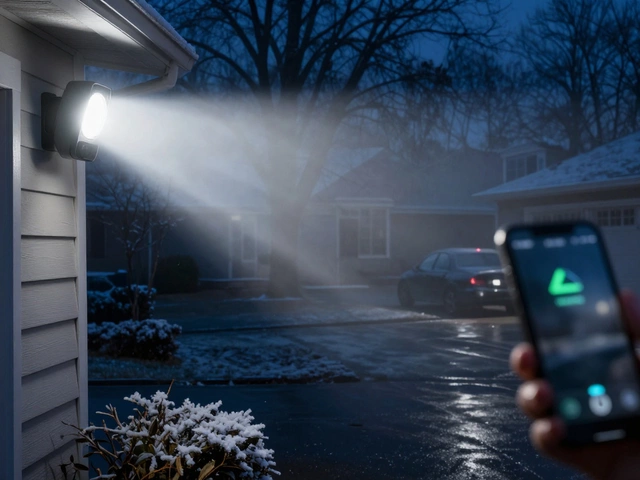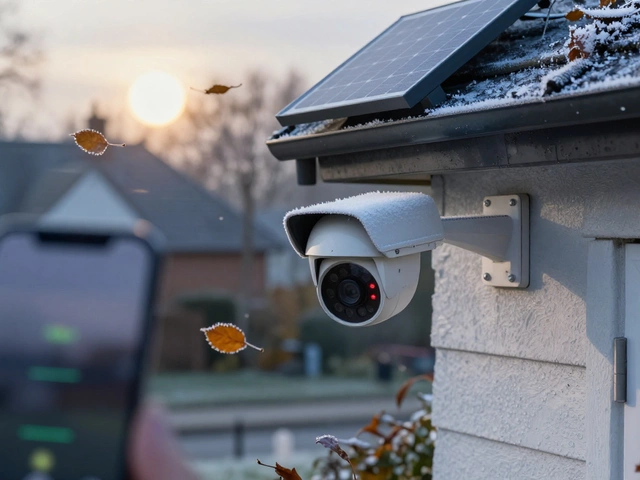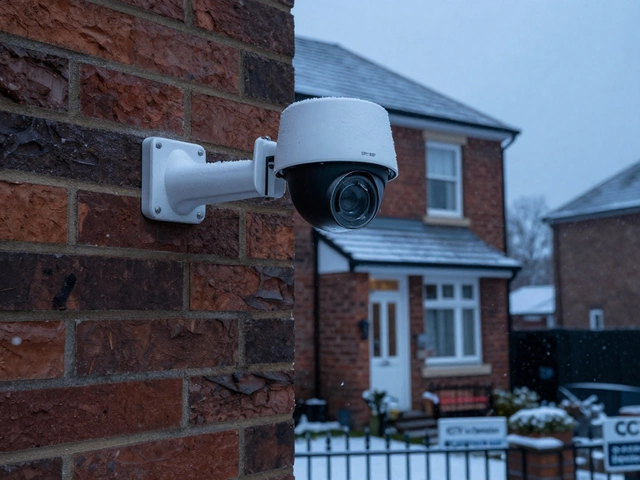Picture this: you get home late, thunder rumbling, and your Wi-Fi just went out. You pause. Is your ADT system still active? Will an outage leave your house exposed? You’re not crazy to wonder—this is something a lot of us worry about, especially when storms hit or internet is spotty. ADT is one of the most popular names in home security, but does it keep you safe if your connection drops? Turns out, the answer is more interesting than a simple yes or no.
How ADT Security Systems Communicate
ADT doesn’t just rely on one method to stay connected. That’s pretty smart, considering the wild stuff that can mess with your internet—think about squirrels, storms, or just a hiccup in your provider’s service. Most modern ADT systems use a mix of cellular, broadband (your internet), and sometimes a landline connection. The technology in your house really matters: older ADT panels might connect only through a phone line or wired internet, while newer setups are equipped with GSM cellular chips that don’t need Wi-Fi at all. Here’s a surprising stat: As of 2024, ADT estimates that over 70% of its monitored homes rely on cellular connection as their primary communication method.
If you’re using ADT Pulse, ADT Command, or Control panels, there’s a better chance your system communicates over cellular in case your Wi-Fi drops. That built-in backup is what helps keep your house protected even when your phone shows “No Signal.” But (and it’s a big but!), if your specific setup was installed with broadband as the only connection, losing the internet will mean your system can’t report alarms to ADT’s monitoring center. So, it’s crucial to know exactly which type of ADT system is protecting your place.
The communication method impacts not just emergency detection, but how fast ADT can alert authorities. According to ADT’s own performance reports, cellular-connected alarms are slightly faster at reaching the monitoring center than systems connected via traditional copper phone lines, averaging about 5-10 seconds faster in real-life false alarm tests. That difference might not sound dramatic—but every second counts when something’s wrong.
What Functions Work Without Internet?
This is where it gets freaky and cool at the same time. Even if you lose the internet, most ADT hardware (door sensors, motion detectors, glass-break sensors, sirens) keeps working just fine—they don’t need Wi-Fi to detect stuff. When you disarm your system, walk in the door, or set it before bed, these basic things will operate locally, right inside your home network.
But when the main connection to ADT’s monitoring center (internet) is lost, most modern systems try to switch over to a backup—either a phone line or a cellular channel (think of it like your phone switching from Wi-Fi to 5G when you leave the house). If your system has that cell backup, it’ll still send alerts to ADT and can still trigger an emergency call if your alarm is tripped. If you’ve got only broadband, though, no internet means ADT’s monitoring station can’t see if something goes wrong.
There’s another twist: without internet, stuff like video streaming, live camera feeds in the ADT app, smart home controls (locking doors from your phone, adjusting thermostats), and instant notifications sent to you might all stop working. The system can still go off and make an ungodly racket inside your house, and if there’s cell backup, ADT will be notified. But you won’t get a ping on your phone or be able to spy on the dog remotely.
Here’s a quick breakdown:
- Local alarms, sensors, and sirens: still work with or without internet.
- Video streaming/remote app control: needs internet, will stop if it’s out.
- ADT monitoring alerts: keep working only if there’s cell or landline backup.
- Automations (light schedules, smart locks): might fail if internet-dependent.
The biggest takeaway? If your ADT panel has true cellular backup, you’ve got a strong layer of protection even when the web is down. If you’re stuck with just Wi-Fi/Broadband, you’re a little more vulnerable to outages.

Understanding Sensor and Alert Limitations
Not every feature in your ADT system is unstoppable—especially where internet and smart tech are involved. Sensors themselves are kind of old-school in the best way: door contacts, motion, glass-break, and smoke or CO2 alarms all trigger locally, and those signals travel through your house’s wiring or wirelessly to your panel. Battery-powered sensors are rated to last up to three years, and, based on ADT support data, the average user only sees a “dead battery” alert once every 24-36 months.
If your internet drops, here’s what you’ll notice: Live camera footage or two-way voice functions will say “offline” in the app. Automated routines—like turning on porch lights if the door opens, or unlocking a smart deadbolt—will probably fail because the controls sit in the cloud. The alarm itself? Still painfully loud. But you’ll have to rely on that backup method (cellular, hopefully) for ADT to call police or fire services.
A lot of folks get confused about mobile apps. Without internet, you can’t get alerts, set or disarm the system from your office, or get video clips. It’s strictly hands-on, which can feel pretty retro if you’re used to full smart home magic. If you’re running automation or have integrated third-party devices, like Alexa or Google Home, plan on those routines getting stuck mid-script. Voice control dies with your Wi-Fi.
ADT Packages, Backup Options, and Your Risks
ADT knows not every house is wired (or unwired) the same. They offer a few kinds of backup to keep your stuff safe:
- Cellular backup—Most new ADT systems come with this. Even if your internet and landline are down, cellular will shoot a signal straight to ADT like a text from your panel. This is the gold standard and what the company pushes in almost every marketing campaign since 2018.
- Landline backup—For homes with old-school phone lines. Pretty reliable, but remember storms knock out landlines, too.
- No backup—Rare these days, but if your home system’s only internet, you’re out of luck until things are fixed.
Here’s an at-a-glance comparison so you know where you stand:
| Connection Type | Local Alarm Works? | ADT Monitoring (Alarms Reported)? | App/Camera Access? |
|---|---|---|---|
| Internet Only | Yes | No (if internet down) | No |
| Cellular Backup | Yes | Yes | No (needs internet) |
| Landline Backup | Yes | Yes | No |
So if your power, internet, and cell tower all go down at once? The ADT system is in local-only mode—the sirens scream, but no outside help is coming. Fortunately, these triple-fail moments are rare (less than 0.02% of ADT-monitored homes see total service loss each year, according to internal ADT incident reports).
Some older ADT installations can’t be upgraded easily, especially if it’s built tight with your house’s wiring. But most homeowners since 2018 with ADT Control or Command panels have the option to add or verify cellular backup. Always check your model number and ask ADT what options you have.
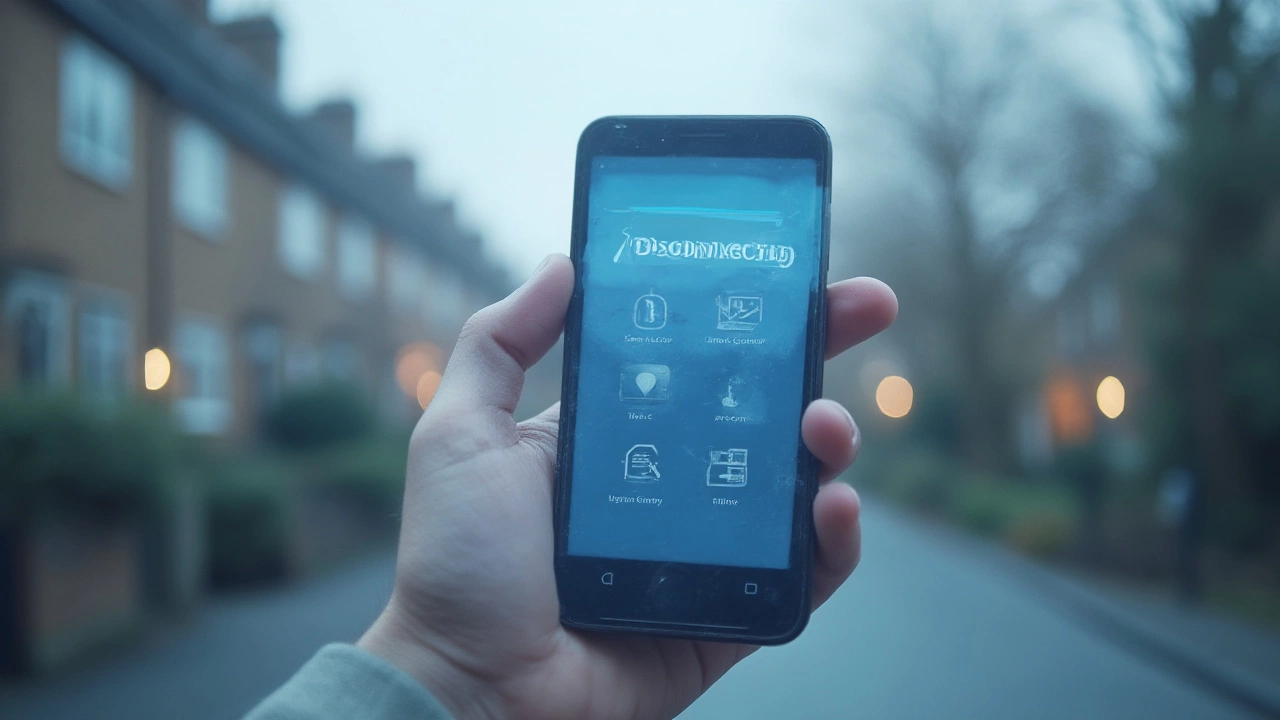
Tips for Staying Protected Without Internet
Nobody wants to play “Did it work?” in a real emergency. Here’s what I recommend if you want to make sure your ADT system won’t let you down during an outage:
- Test your system by unplugging your Wi-Fi router for 10 minutes. If a sensor trips, see if you get a monitoring call (for users with cellular backup).
- If you didn’t get an alert, call ADT and ask about adding cellular backup—it might just be a new module or a service upgrade.
- Keep your sensors’ batteries fresh, and run the user-initiated test function (check your panel’s manual) every few months.
- Make sure your system isn’t landline-only, since more phone companies are phasing out analog lines. Ask ADT about long-term support if you’re relying on copper wires.
- For those relying on ADT Pulse or Command with smart devices, have a backup manual key or physical way to get into your home if automations glitch during an outage.
- If you live in a rural area where cellular coverage is spotty, see if ADT can supply higher-gain antennas or hybrid connectivity.
For extra peace of mind, ask your installer how your panel talks to ADT. They can show you the failover procedure and maybe even demo an outage for you. If you’re a DIY enthusiast, check the status LEDs inside your panel. Most show green for main connection, yellow for backup, red for lost comms.
Lastly, back up your own power with an uninterruptible power supply (UPS) or whole-home battery if you live somewhere with lots of storms. The more layers between you and ‘total blackout,’ the better you'd sleep at night, right?

